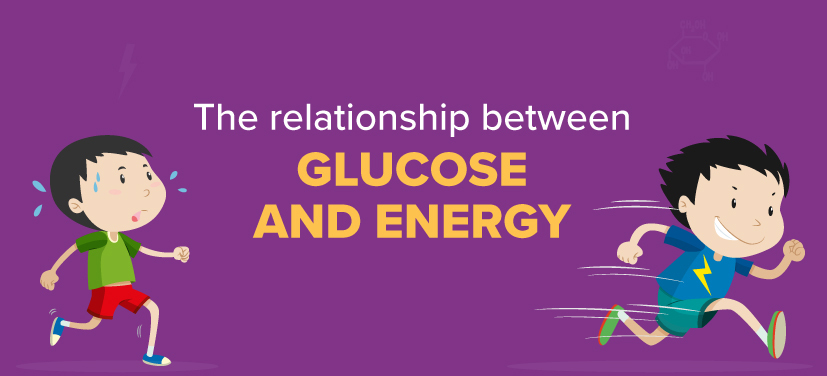
Have you ever been tired and been asked to have a glass of juice or maybe some chocolate? And do you remember getting that surge of energy that gets you up, running and active in a jiffy? You may have heard of something called a sugar rush! So do you want to know what happens in your body when you experience that sudden surge of energy?
Your body converts the sugar to energy. And the energy is derived from a chemical molecule in sugar – or in any kind of food rich in carbohydrates – called glucose. It helps you get instant energy. The glucose molecules are like energy boosters. Glucose helps you run, walk, study and perform any kind of physical activity.
To put it precisely, glucose is a form of sugar. And by sugar, we don’t just mean the white, crystals that we add to our food. These sugars are a subset of carbohydrates, which are compounds in food that give you energy.
These sugars can be simple and complex. Simple sugars have one or two types of molecule ( made up of carbon, hydrogen and oxygen) and complex sugars have multiple types of carbon-hydrogen-oxygen molecules.
Simple sugars are called monosaccharides (say: mono-sack-a-ride) and disaccharides. Complex sugars are called polysaccharides.
Now that you know what sugars are, let’s talk about glucose. Glucose is a monosaccharide. In fact, it is the simplest form of sugar.

This is how a glucose molecule is chemically represented
When you eat food rich in sugar, your body turns that food into glucose. It provides fuel for the functioning of our body. Similar to petrol or diesel for a car, glucose provides fuel for your cells.
When you consume glucose through food, how does it enter your body’s cells? When your body digests the food, the glucose gets to the bloodstream. From the bloodstream to the cells, the glucose molecules are absorbed using the help of a hormone called insulin, produced in the pancreas. To know more about the hormone you can read the story of insulin in detail.
Now that glucose has entered your cells, we will look at how it’s converted into energy? The cells in your body have these power houses that convert the nutrients into energy. These power houses break down the glucose molecules into energy through a process called cellular respiration. And with glucose being a monosaccharide, breaking down those molecules is easy and quick. Thus, we get instant energy!

You get instant energy from glucose
There are other monosaccharides as well, such as Fructose and Galactose but they take slightly longer to digest and the energy kicks in a bit later.
You now know that glucose is a kind of sugar that gives you instant energy. However, you may have heard the term glucose used for a white powder that is mixed with water to power you up. It contains sugar (which is rich in glucose) and a bunch of chemicals like calcium, zinc and other edible acids.
Other food substances that contain glucose
You always need to have a balanced diet, which has all nutrients in the correct proportions. While it is true that glucose gives you instant energy and keeps you active, when you consume too much sugar (which is rich in glucose), you run the risk of having weight gain, diabetes and heart-related issues. When you consume glucose through fruits, vegetables and dairy products, it’s healthier.
When you think you have had too much sugar, drink lots of water! Water helps flush out excess glucose from your body. But this doesn’t mean that you can have as many chocolates as you want and then just drink water to flush them out! Excess glucose is converted by the liver into a compound called glycogen and stored for later use. Too much glycogen in the body can lead to the diseases mentioned above.
Now that you know how glucose gives you energy, can you tell us how fats help our body? Share your answers in the comments
Also read, What would happen if oxygen doubled
Aparna is a mom, singer and dreamer. At BYJU'S, she writes stories about learning for children. She believes in the power of music, especially ghazal, the magic of the universe and happy learners. When not writing or singing, you will find her intensely engaged in conversations about life and the power of words.